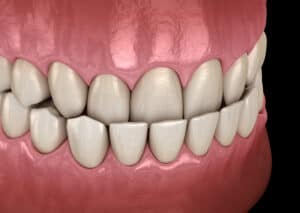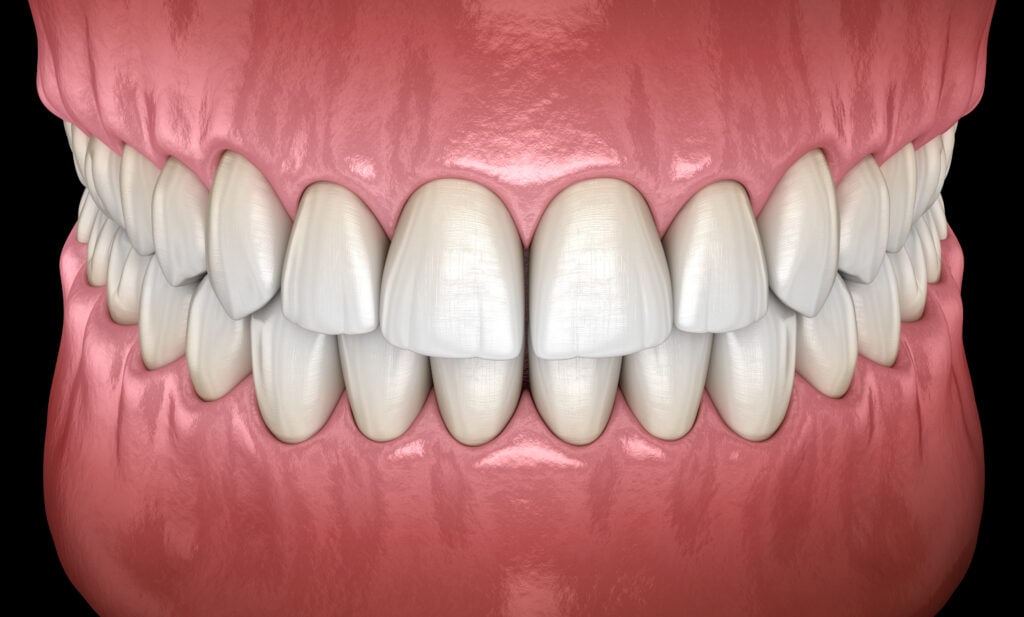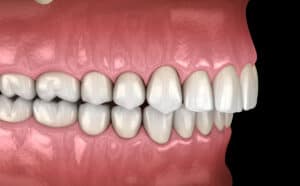A properly aligned bite is important for maintaining optimal levels of oral health. When your teeth and jaws aren’t properly aligned, it can result in a wide range of issues. Depending on the specifics of your malocclusion problems, you may be at increased risk of:
- TMJ
- Uneven tooth wear
- Tooth decay
- Gum disease
The most effective way to address these bite alignment issues is to undergo orthodontic treatment. When devising your treatment plan, Dr. Khavari will evaluate your bite class. Your bite class refers to the way that your molars fit together when you bite. It also impacts the skeletal position of your jaw. Identifying your bite class is part of the process of diagnosing the cause of your alignment issues. This will enable Dr. Khavari to determine the ideal treatment plan for your unique needs.
What Are the Bite Classes Used to Diagnose Malocclusion Problems?
There are three different bite classes:
- Class I – normal, balanced bite
- Class II – overbite
- Class III – underbite
Class I Bites
Class I is considered a normal, balanced bite. In this situation, your upper and lower jaws line up properly when they close together. One of the goals of orthodontic treatment is to restore a Class I bite.
Class II Bites
Class II bites are often referred to as an overbite. This occurs when the lower molars are positioned more towards the back of your mouth than the upper molars. As a result, your upper front teeth and jaw protrude outward and project out beyond the chin. This can create the appearance of a receding lower lip and chin.
Class II bites are often caused by:
- Overgrowth of the upper jaw, insufficient growth of the lower jaw, or a combination of these issues
- Genetics
- Bad habits as a young child, such as thumb sucking
In order to correct a Class II bite, Dr. Khavari may recommend an orthodontic appliance that will redirect this improper growth in order to bring the upper and lower jaw into proper balance.
Class III Bites
Class III bites are often referred to as an underbite. This occurs when the lower molars are positioned more towards the front of your mouth than the upper molars. As a result, your lower teeth and jaw project out beyond the upper teeth and jaw. This is essentially the opposite of a Class II bite and creates the appearance of a prominent chin.

- Undergrowth of the upper jaw, overgrowth of the lower jaw, or a combination of these issues
- Genetics
To treat a Class III bite, Dr. Khavari may recommend braces or an orthodontic appliance in order to redirect this improper growth and restore balance between your upper and lower jaw.
Contact our East Houston Dentist
Please contact Love Brushing Dentistry using the form on this page or call 713-490-2088 to schedule an orthodontic evaluation. We serve patients in Pasadena, Channelview, Baytown and throughout East Houston.


